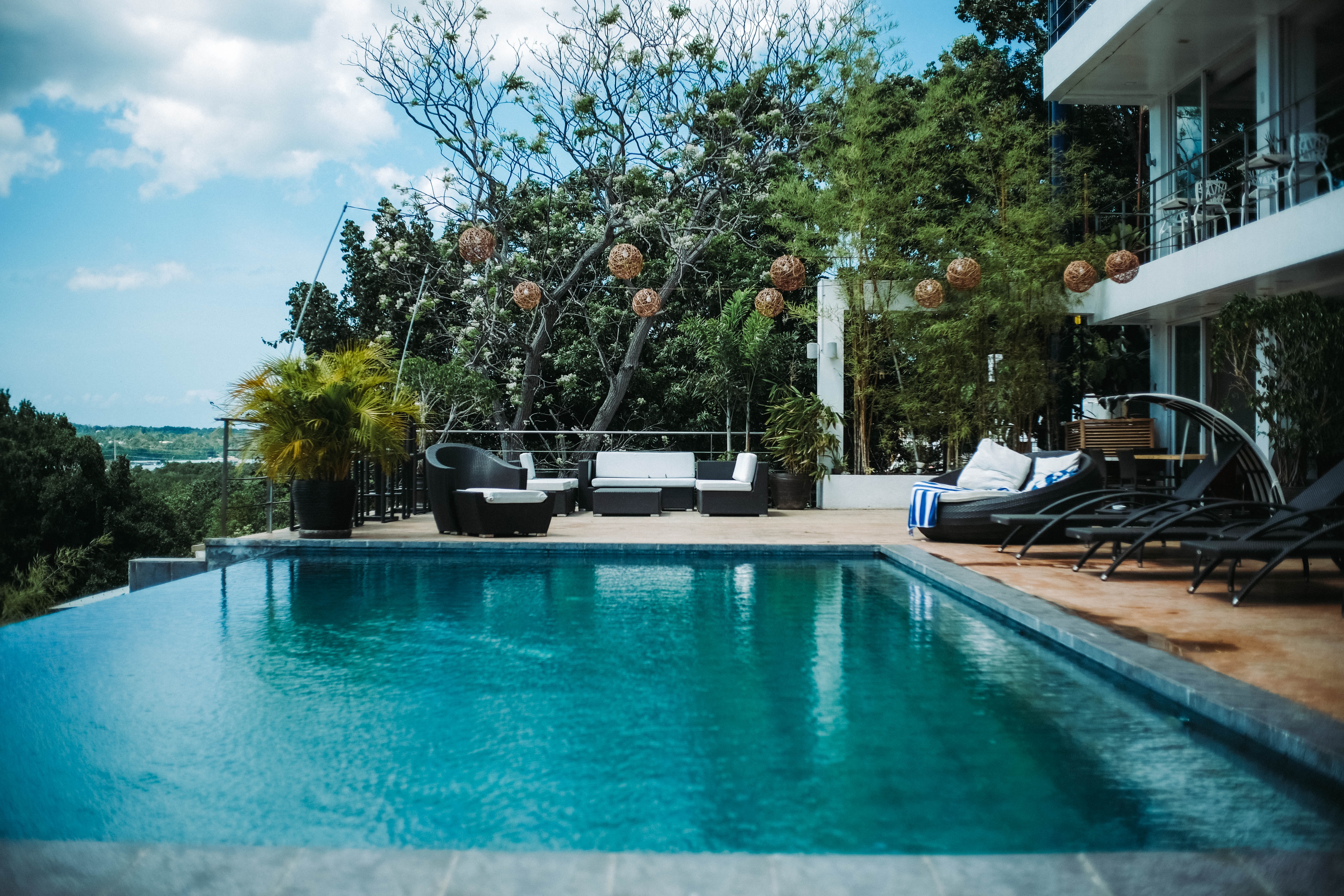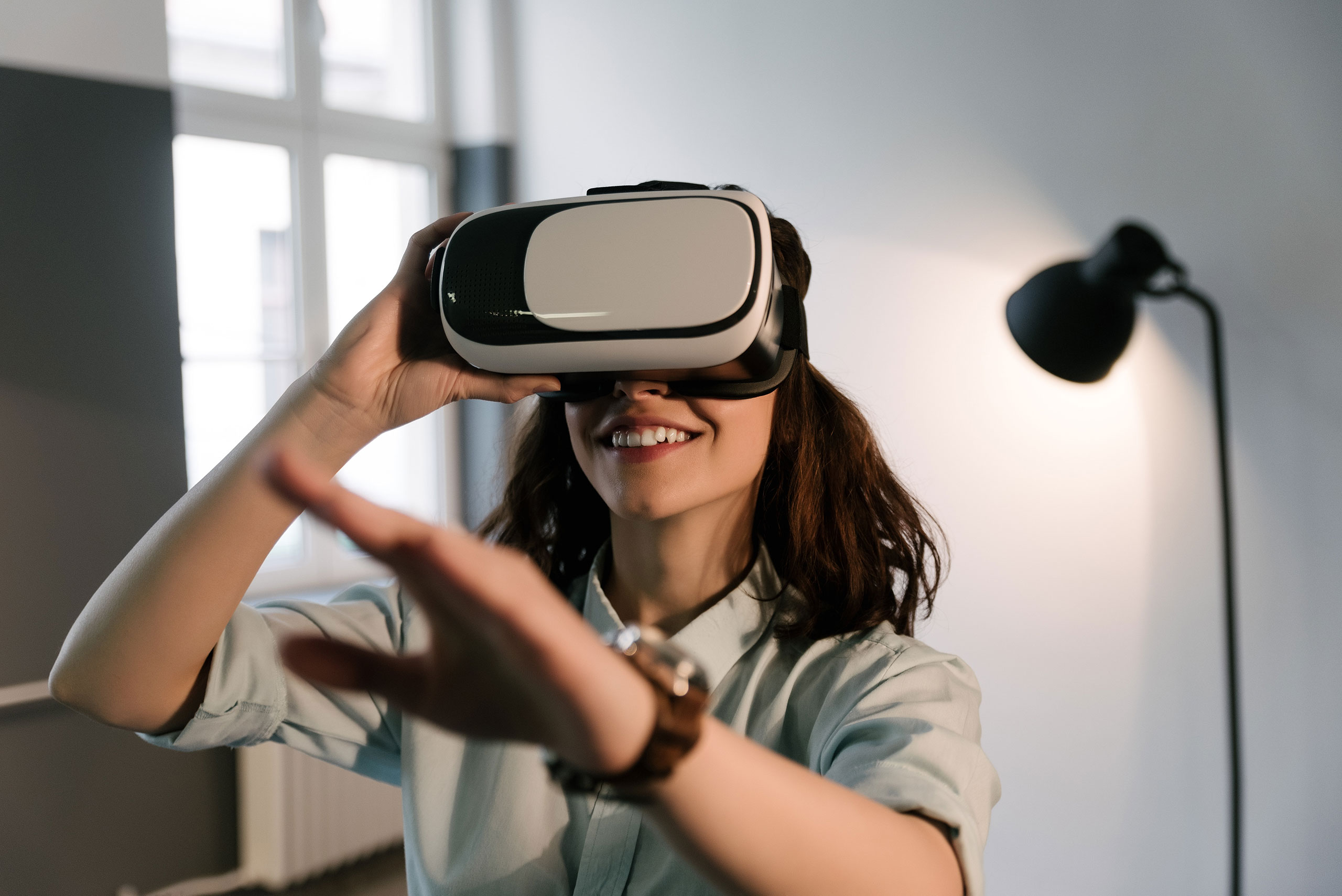
When you’re bringing an architect on board for a building project, no matter how big or small, there are a few essential questions that you should ask them before committing.
Make sure to speak to a few different architects before deciding who to go with. By asking them all the same questions, you’ll be better able to directly compare them and decide who’s best for the job at hand.
Do you have experience with this type of project?
Finding out whether an architect has worked on a similar type of project before is extremely beneficial when choosing who to go with.
While one architect’s fees may be lower, they may be less experienced in the required area than others. In this instance, you might benefit from paying more for the specialist expertise.
You should also ask to see examples from the architect’s portfolio of similar projects, and for references that you can follow up on.
How do you charge?
Not all architects charge the same way. Make sure you know what to expect from your architect’s fee structure.
Find out exactly what is included in the basic services, what would incur additional costs, and how the architect would deal with any unexpected costs.
It’s also worth clarifying whether the budget includes VAT, as this can make a huge difference in the quote.
What is the proposed timeline?
It’s always worth knowing roughly how long a project will take, though there should always be some leeway for unexpected issues.
Again, this is a good way to find out more about your architect. If you speak to one architect who quotes a much longer or shorter timeframe, ask for details as to why they think it will take this long. From the size of the team working on the project to the architect’s current workload, there are many reasons why you might receive a different answer from different practices, and these could inform your final decision.
What will you require from the architect throughout the project?
Some architects are more hands-on than others, handling all aspects of admin and communication between contractors.
If you’re busy or simply happy to delegate the project admin, this is the perfect solution. However, if you’d like to be heavily involved in the process throughout, this type of architect might not be for you.
It’s also worth asking what input you will be required to make for design decisions, and when, so you can make yourself available.
Who will be working on the project team?
It’s often the case that when you first meet with an architect, they aren’t the person that will actually end up working on your project.
Find out exactly who you will be working with, including any third parties and contractors. Making sure that you like and trust the people on your team is extremely important, especially for long-term builds.
Work with James Brindley of Design Haus
I pride myself in being the sole point of contact for my clients, so they always know exactly who to talk to at any stage of the project. I’ll be there from day one right through to project completion, answering questions and providing solutions whenever you need them.
If you’d like to work with a conscientious, hands-on architect, get in touch with me today.














